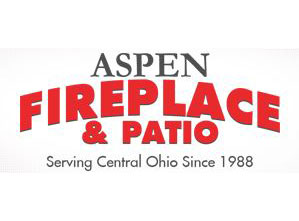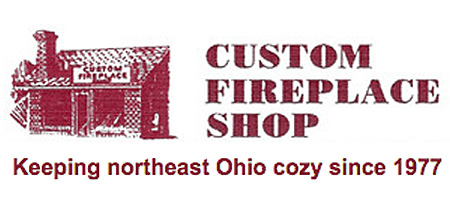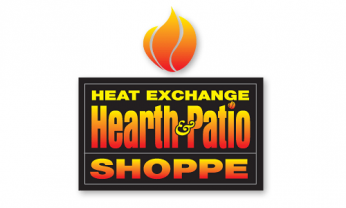That’s like asking what’s the best truck; a Chevy, Ford, or Dodge? You may have a strong opinion on this topic, and some have strong ideas on the type of wood-burning stove. But there are pros and cons to everything, and wood-burning stoves are no exception.
A steel stove heats up quicker than cast iron or soapstone. It also cools off faster. There are convection air chambers designed to make them favorable for installing a blower fan. Steel stoves are lined with fire brick to protect the inner steel from intense heat.
Cast iron can be poured into distinctive and decorative shapes. Arches on doors and designs on side panels will add a touch of class to the wood-burning appliance. Cast iron stoves retain radiant heat very well. They have been known to warp and twist over time; therefore making repairs or replacing parts is tricky.
Soapstone stoves will take the longest to heat up but are also the slowest to release heat once the fire has dwindled or gone out. Soapstone stoves are one of a kind. No two are the same because of the unique veining in the stone. Soapstone is the best material for absorbing and slowly radiating the heat from a wood fire.
So, which is the best?
That’s an individual choice, and you need to be the judge.
However, our advice? Buy a stove that you like the looks of. The reason being is that all three materials will heat exceptionally well. Consider this: One year has 8,760 hours. In colder climates, you may use your stove for up to 2,000 to 2,500 hours. So, even in the worst-case scenario, you will be staring at your stove more than using it to heat the house. Therefore, get something that will complement your decor.
Your WE LOVE FIRE expert has a vast selection of good-looking and efficient stoves that will enhance your living pleasure.









